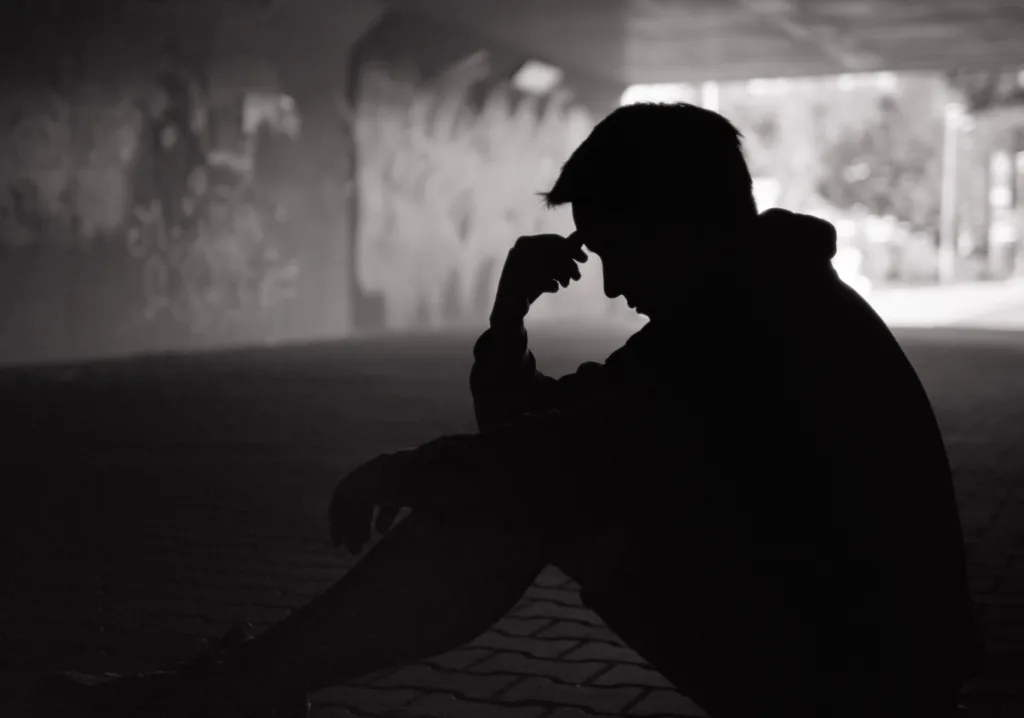Most Popular
Categories
Archives
Seasonal Affective Disorder is a mood disorder caused by changes in weather, particularly major seasonal shifts. Individuals who experience abnormally low moods, lethargy and depressive symptoms tied to the changing seasons may be suffering Seasonal Affective Disorder (SAD). Winter-pattern Seasonal Affective Disorder generally sets in as fall turns to winter, and ends with the arrival of spring. Summer-pattern SAD begins in spring and continues for the duration of the summer months. As one might suspect, summer-pattern SAD is less common than winter-pattern SAD.
Connection Between SAD and Relapse
Relapse occurs when someone who has found freedom from addiction regresses to return to substance use. This can be the result of withdrawal, which refers to the negative side effects caused by the powerful chemical reaction of an addicted person’s body to the absence of the substance in their system. Relapse can also be catalyzed by a change in the recovered person’s environment, as change is often accompanied by feelings of uncertainty, alteration of routine or loss of control.
Changing seasons, particularly when accompanied by a drastic emotional shift such as SAD, are frequently observed in correlation with relapse. People with a history of drug and alcohol abuse often return to substances as a coping mechanism for depression and anxiety, or in times of emotional unrest and transition. Seasonal affective disorder can be the first step on a slippery slope to relapse.
Preventing Relapse Amidst Seasonal Affective Disorder
Many people wonder what relapse means in depression. What might begin as a seemingly innocent effort to find consolation on a cold, dark winter evening could quickly progress to a fully relapsed state?
Awareness of your thoughts and emotions, moods and behavior patterns can be very helpful in noticing if you are falling back into unhealthy cycles. If you have a history of depression, anxiety or substance abuse, it is important to be on the lookout for indications of seasonal affective disorder onset. Signs of depression relapse may include:
- Reduced energy or excessive exhaustion for two weeks or longer
- Feeling sad most of the day, on most days
- Withdrawal from friends and family
- Changes in appetite or eating patterns: overeating or undereating
- Loss of interest in things you once enjoyed
- Trouble sleeping
- Suicidal thoughts
If you are experiencing a number of these symptoms, it may be time to seek further help.
Ways to Combat SAD
While a case of the “winter blues” might seem to be a minor issue, it is very important to get ahead of any negative thoughts and behavior patterns before they endanger the status of addiction recovery. Preparation and prevention are the best ways to ensure that seasonal affective disorder will have no chance of sabotaging your healing process. Here are some ideas for how to prevent seasonal depression.
Spend time outside
Spending time in nature is proven to help regulate the nervous system and release endorphins, increasing the feeling of happiness and contentment. While inclement weather during the winter months may pose challenges to the outdoorsman, proper attire and an attitude of determination is all that is required to brave the great outdoors.
A daily walk of ten minutes or more is a very attainable goal at the beginning. Hiking, biking, swimming and kayaking are great summer and fall activities, while skiing, snowboarding and snowshoeing are fantastic winter sports options.
Lean on your community
Surround yourself with family and friends who positively influence your life and bring joy to your life. Be sure to inform the people in your life about what you are going through and let them know how they can best support you during this difficult time.
Take up a hobby
When the world starts to feel like a sad place, hobbies are a great way to bring some happiness and peace back to your daily life. The human experience is greatly enriched by active leisure, creative endeavors and intellectual pursuits. Finding a hobby that can act as an outlet for your physical, mental and emotional tension is a worthwhile task.
If you have never been a dedicated hobbyist before, it might seem daunting to try to identify where to begin; however, this may be simpler than you think. Start by thinking back to your childhood. How did you spend your time? What were some of your favorite things to do? When you recall your life, can you identify a time that you felt truly alive – like the best version of yourself? Was there anything that you wished you could have pursued in your youth that you were prevented from doing? These questions can serve as a starting point to illuminate those desires that may have gone unnoticed for decades, and which may be incredibly rewarding to revisit.
Here are some examples of hobbies that may provide a roadmap for how to cope with seasonal affective disorder:
- Exercise – Numerous studies show that physical activity is directly linked to improved mood regulation, feelings of happiness and life satisfaction, and overall well-being. While joining a gym might be a great option, a simple start could be committing to a daily stretching practice or a minimum “step count” goal on any activity-tracking device.
- Music – Whether it’s picking up the guitar in the corner that has been collecting dust for a decade, listening to your favorite albums from childhood or joining your local church choir, music can be a therapeutic means of self-expression.
- Arts and crafts – Drawing, painting, pottery and jewelry making are just the beginning of what an artistic hobby could entail. Explore your local community to register for an art class and get connected with other aspiring artists of all skill levels.
- Cultural activities – If you are drawn to performing arts, theater and cinema may be appealing. Perhaps you participated in the dramatic arts in your youth and would be interested in auditioning at a community theater to make your theatrical reappearance. If you live in an area with access to local beauty or history, try exploring a botanical garden or touring a museum for the afternoon.
- Prayer and meditation – Find peace and mental stillness by starting a practice of silence, rest and connection.
- Give back to your community
Find Support For Seasonal Affective Disorder Today
Seasonal Affective Disorder can put a real damper on life, and pose a major threat to lasting drug and alcohol recovery. Don’t let SAD keep you down. Reach out to October Road today for a brighter tomorrow.



